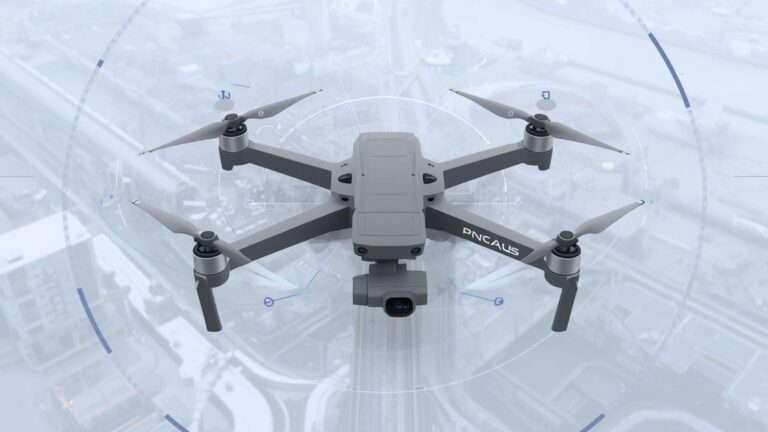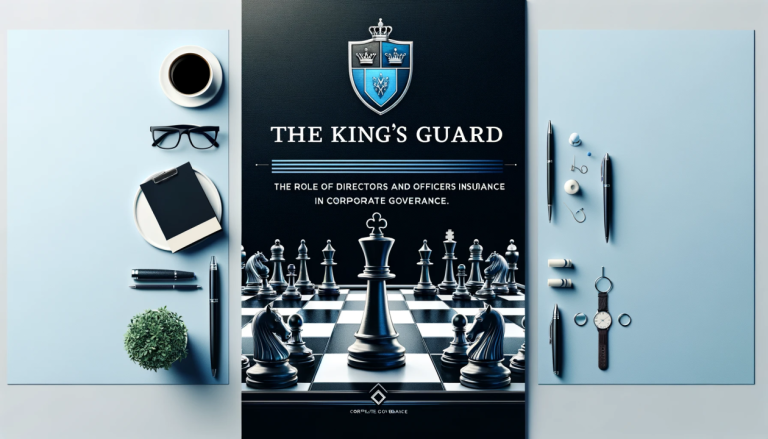Rapid Growth in Demand
Analysts project explosive growth for AI-specific insurance. As more companies implement AI, the need for insurance against AI failures rises in parallel. Some industry forecasts predict that annual global premiums for AI insurance could reach several billion U.S. dollars within the next decade. For example, one analysis projected around $5 billion in annual AI insurance premiums by the early 2030s, reflecting year-over-year growth rates far higher than most traditional insurance lines. This anticipated boom is reminiscent of the early days of cyber insurance – a once-novel product that eventually became a multi-billion dollar staple of risk management.
Driving this growth is the simple fact that AI technology is everywhere. Businesses of all sizes, across all sectors and geographies, are now deploying AI in some form. With that ubiquity comes increased exposure to AI-related risks, from faulty algorithms to unintended bias incidents. Company executives and risk managers are more aware than ever of these dangers, and they are looking for ways to mitigate potential losses. Insurance companies, in turn, see an opportunity: by offering protection for AI risks, they can fulfill a pressing need and tap into a new revenue stream.
Regulatory Influence
Emerging regulations around AI are expected to further fuel demand for insurance. Governments worldwide, especially in Europe and the U.S., are introducing guidelines and laws to ensure AI is used safely and responsibly. The European Union’s proposed AI Act is a comprehensive regulatory framework that would impose requirements (and potential fines) on companies deploying certain high-risk AI systems. In the United States, various states have proposed AI oversight laws, and the federal government has issued directives (such as an Executive Order on trustworthy AI and an AI Bill of Rights blueprint) indicating that more oversight is on the horizon.
Even if these laws don’t explicitly mandate insurance, companies will likely seek coverage as a safety net against potential AI-related fines or legal costs. We saw a similar pattern with data privacy regulations (like the EU’s GDPR) where the threat of heavy penalties led many firms to buy or expand cyber insurance. Likewise, if a company knows it could face a multi-million dollar penalty for an AI glitch or misuse, an insurance policy that helps cover those costs becomes very attractive.
High-profile incidents also catch regulators’ attention and can influence policy. For example, accidents involving self-driving cars or scandals about AI algorithms discriminating in hiring can hasten regulatory action. Each major AI failure or controversy tends to prompt businesses in that sector to consider insurance if they haven’t already. Insurers anticipate that a few large losses or lawsuits could accelerate the AI insurance market significantly. Just as a wave of cyberattacks in the 2010s drove companies to adopt cyber insurance, a major AI-related mishap could serve as a wake-up call for AI insurance uptake.
Future Outlook
Looking ahead, AI insurance is expected to become more prevalent and standardized. Key points about the future include:
- More Providers and Competition: Many insurers currently taking a “wait and see” approach will likely enter the market with their own AI coverage as understanding of the risk improves. More competition could lead to innovative policy features and potentially more competitive premiums, especially once there’s more data to inform underwriting.
- Better Data and Underwriting Models: Early AI insurance underwriting involves some uncertainty due to limited historical data. As claims emerge and insurers gather information on AI-related losses, they will refine their pricing models and coverage terms. We may also see third-party firms offering services like AI system audits or risk assessments to help insurers (and insureds) evaluate an AI’s reliability before writing a policy.
- Integration into Standard Policies: Over time, the distinctions between “AI insurance” and other insurance might blur. AI-related protections could become a standard part of existing policies (for example, automatically included in a tech company’s professional liability coverage). Clients might not always need a separate AI policy if their general policies evolve to cover those risks. Additionally, large companies might start requiring their vendors to carry AI liability coverage, much as they require cyber insurance today, which would normalize and spread the adoption of AI insurance.
- Global Expansion: Currently, North America and Europe are leading in offering AI insurance, but we can expect growth in Asia-Pacific and other regions as well. Tech hubs in Asia (such as China, India, Japan, South Korea, and Israel in the Middle East) are likely to see local insurers and global insurers alike offering AI risk coverage. AI is a global phenomenon, so the insurance solutions around it will also globalize.
- Possibility of Mandates: While speculative, it’s possible that in the future certain high-risk AI applications could face insurance mandates. Similar to how auto insurance is compulsory for drivers, we might envision requirements for things like autonomous vehicle operators, AI-driven aviation systems, or AI in healthcare diagnostics to carry specific liability insurance. Even without formal mandates, industry best practices may evolve to strongly recommend insurance for particular AI uses.
In summary, the trajectory of AI insurance in the late 2020s and early 2030s is likely to mirror the evolution of other once-novel insurance lines: a period of rapid growth and innovation, followed by gradual standardization and integration into the mainstream. Businesses at the forefront of AI adoption should stay informed about these developments. What is considered a cutting-edge insurance product today could become a standard element of risk management in the near future, ensuring that as AI technology transforms industries, the safety nets protecting those who use it keep pace.
























































































































